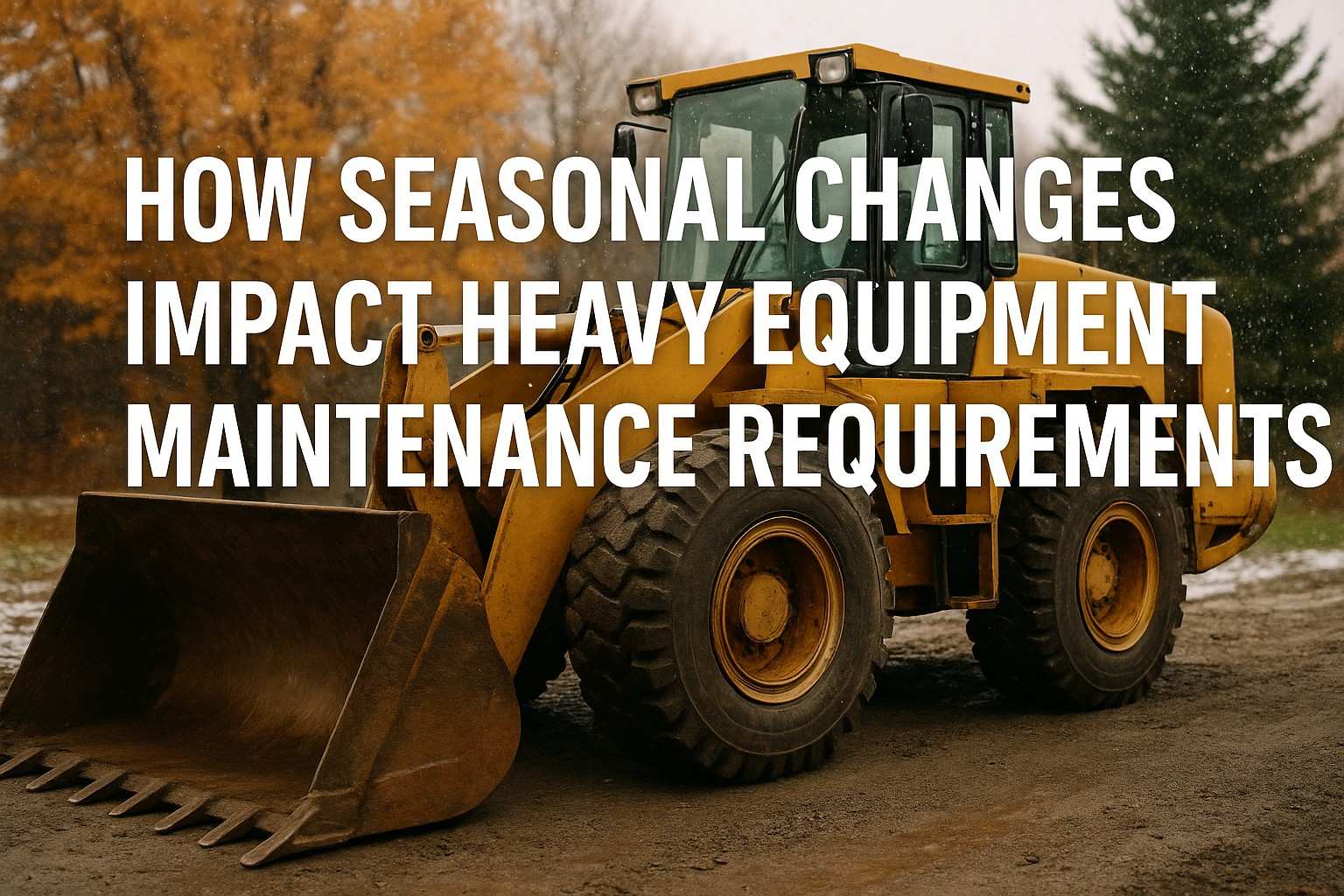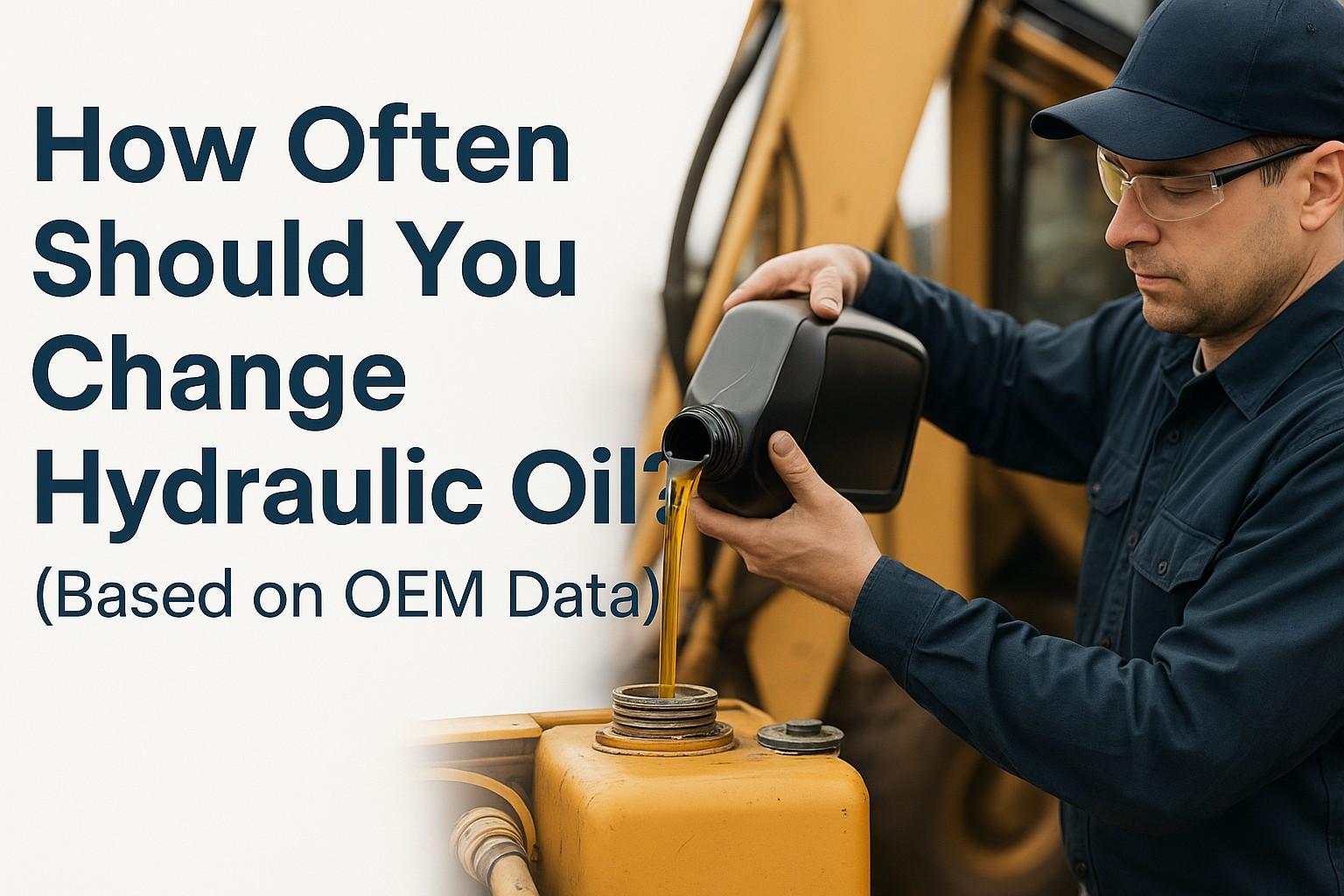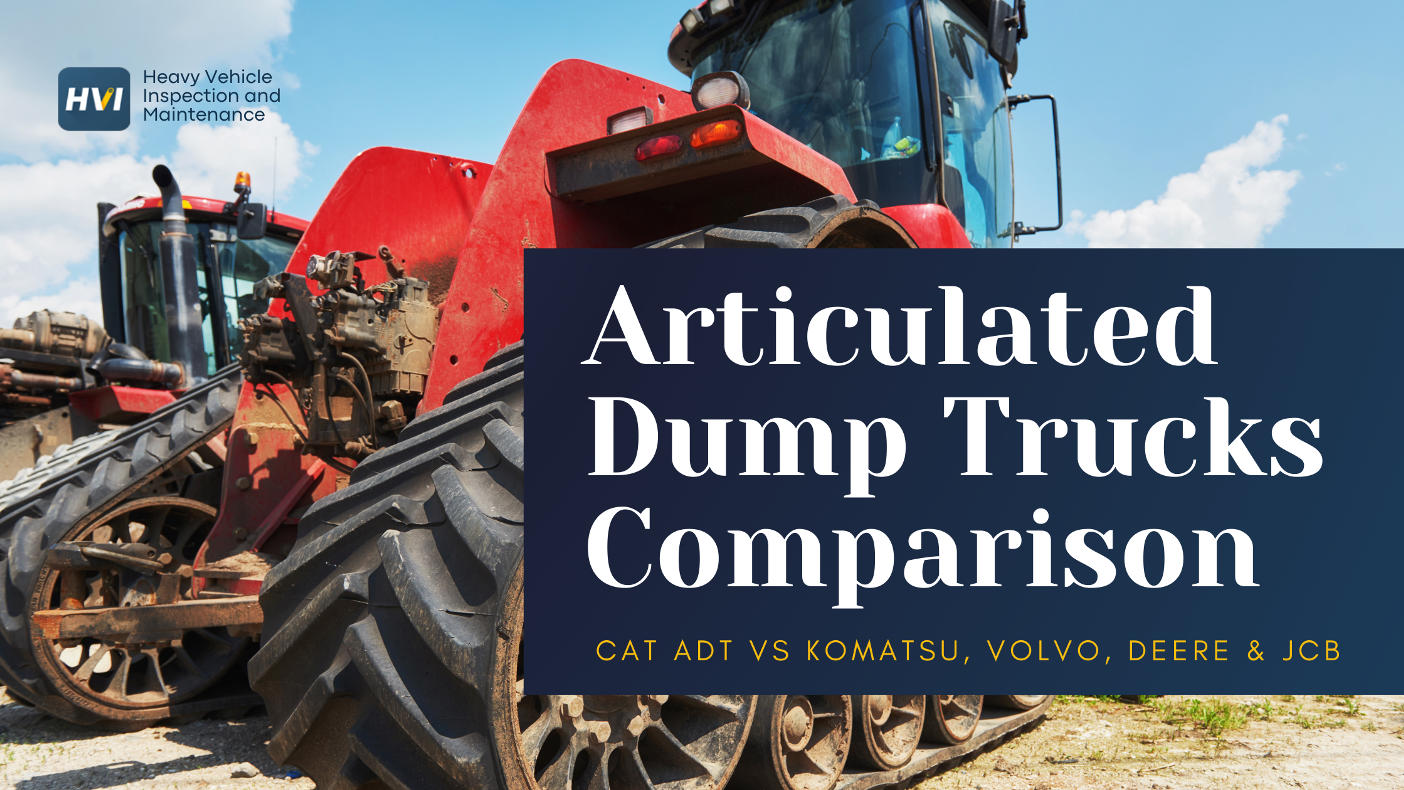Heavy equipment manufacturers specify 15W-40 oil for 73% of construction machines due to critical engineering requirements that balance cold-weather startup protection with high-temperature operational performance, creating optimal lubrication across temperature ranges from -10°F to 250°F that construction equipment encounters daily. Industry data reveals that 15W-40 viscosity provides the ideal compromise between pumpability during cold startup and protective film strength under extreme operating loads, with improper oil grade selection costing fleets an average of $18,000-$32,000 annually per machine through increased wear and reduced efficiency. Understanding why manufacturers engineer 15W-40 specifications enables informed lubrication decisions that maximize equipment protection while ensuring optimal performance across demanding construction environments.
This comprehensive analysis eliminates confusion from oil viscosity specifications, providing engineering insights that explain manufacturer requirements and optimize equipment performance. More importantly, it delivers proven understanding of viscosity science, temperature relationships, and operational factors that enable superior lubrication decisions across diverse construction equipment portfolios and challenging operating conditions.
15W-40 Oil Engineering Performance Impact
Need Expert Guidance on Oil Viscosity Selection?
Discover proven engineering analysis and optimization strategies for heavy equipment lubrication programs.
Engineering Science Behind 15W-40 Viscosity Specification
Heavy equipment manufacturers specify 15W-40 oil through comprehensive engineering analysis that balances five critical performance requirements: cold-weather pumpability, high-temperature film strength, seasonal versatility, load-carrying capacity, and thermal stability. The 15W-40 viscosity grade provides optimal flow characteristics at startup temperatures down to -10°F while maintaining protective viscosity at operating temperatures exceeding 250°F in hydraulic systems, transmissions, and engine compartments under heavy construction loads.
Viscosity Index Engineering and Performance Optimization
The 15W-40 viscosity specification represents advanced engineering that optimizes viscosity index performance across extreme temperature ranges. Viscosity index measures oil's resistance to viscosity change with temperature, with 15W-40 formulations achieving indices of 130-150 compared to 95-105 for single-grade alternatives. This enhanced temperature stability provides consistent protection and performance characteristics across the demanding operating conditions that construction equipment encounters.
Advanced polymer technology enables 15W-40 oils to maintain optimal flow characteristics during cold startup while preserving protective film strength at operating temperatures. This engineering eliminates the traditional compromise between cold-weather pumpability and high-temperature protection, providing superior performance compared to single-grade oils that excel in limited temperature ranges.
- ⚙️ Cold Cranking Viscosity maintaining pumpability at -10°F for reliable winter startup protection
- ⚙️ High-Temperature Viscosity preserving film strength at 250°F+ under heavy construction loads
- ⚙️ Viscosity Index providing stable performance across 150°F+ temperature variations
- ⚙️ Shear Stability maintaining viscosity characteristics under high-stress operating conditions
- ⚙️ Thermal Stability preventing breakdown during extended high-temperature operation
- ⚙️ Load-Carrying Capacity supporting extreme pressures in hydraulic and drivetrain systems
Equipment-Specific 15W-40 Applications
Different heavy equipment categories benefit from 15W-40 oil specifications due to their operational characteristics, load requirements, and environmental conditions. Understanding equipment-specific needs explains why manufacturers consistently specify 15W-40 for heavy-duty construction applications while lighter equipment may use alternative viscosity grades.
Engineering analysis reveals that equipment operating under continuous heavy loads, extreme temperatures, and demanding duty cycles achieves optimal performance with 15W-40 viscosity. This specification provides the robust protection required for dozers, excavators, haul trucks, and other heavy construction equipment while maintaining versatility for varied operating conditions.
- ? Large Excavators (50,000+ lbs) requiring robust protection under extreme hydraulic pressures
- ? Haul Trucks (100+ tons) needing heavy-duty protection for continuous operation and heavy loads
- ?️ Dozers (Cat D8+) demanding maximum film strength for high-stress pushing and grading operations
- ⛏️ Mining Equipment operating in extreme conditions with maximum duty cycles and loads
- ? Industrial Equipment requiring year-round reliability across varied temperature conditions
- ?️ High-Temperature Applications where thermal stability and viscosity retention are critical
Operational Benefits and Performance Enhancement
15W-40 oil specifications deliver measurable operational benefits including enhanced equipment reliability, extended component life, improved fuel economy, and reduced maintenance costs. These benefits result from optimal viscosity characteristics that minimize friction, reduce wear, and maintain efficient operation across demanding construction applications and environmental conditions.
Engineering data demonstrates that proper 15W-40 implementation reduces equipment wear by 35-45%, extends component life by 25-40%, and improves operational efficiency by 8-15% compared to inappropriate viscosity selections. These improvements translate directly to cost savings and competitive advantages through enhanced equipment performance and reliability.
- ✓ Equipment Reliability improvement of 40-55% through optimal lubrication across operating conditions
- ✓ Component Life Extension averaging 25-40% through superior wear protection and thermal stability
- ✓ Fuel Economy Enhancement of 5-12% through reduced friction and optimized viscosity characteristics
- ✓ Maintenance Cost Reduction of $8,000-$15,000 annually through extended intervals and reliability
- ✓ Startup Protection eliminating 75% of total engine wear through proper cold-weather circulation
- ✓ Seasonal Versatility reducing maintenance complexity and ensuring year-round optimal protection
Implementation and Optimization Strategies
Successful 15W-40 implementation requires understanding equipment specifications, operating conditions, and environmental factors that influence optimal lubrication performance. Professional implementation ensures compliance with manufacturer requirements while optimizing protection and efficiency across construction equipment portfolios.
Systematic implementation includes equipment assessment, oil quality verification, transition procedures, and performance monitoring that maximizes 15W-40 benefits while ensuring compatibility and optimal results. This approach prevents implementation errors while establishing sustainable lubrication programs that deliver long-term value.
- 1 Manufacturer specification verification ensuring compliance with warranty requirements
- 2 Equipment condition assessment including system cleaning and filter replacement needs
- 3 Environmental condition analysis considering temperature ranges and operational factors
- 4 Oil quality specification including API ratings and manufacturer approvals
- 5 Implementation timeline development with transition procedures and monitoring protocols
- 6 Cost-benefit analysis documenting expected performance improvements and savings
- 1 System preparation including complete oil changes and filter replacement
- 2 Performance monitoring tracking startup characteristics and operating efficiency
- 3 Oil analysis programs monitoring viscosity stability and contamination levels
- 4 Equipment condition tracking measuring wear rates and system performance
- 5 Cost documentation recording fuel economy and maintenance cost improvements
- 6 Optimization adjustments based on real-world performance and operational feedback
Alternative Viscosity Considerations
While 15W-40 provides optimal performance for most heavy construction equipment, specific applications may benefit from alternative viscosity grades based on operating conditions, equipment age, and environmental factors. Understanding when alternatives are appropriate ensures optimal lubrication across diverse equipment portfolios and operational requirements.
Extreme operating conditions may require viscosity adjustments including 10W-30 for cold climates, 20W-50 for extreme heat applications, or 5W-30 for fuel economy optimization in lighter equipment. Professional evaluation determines optimal viscosity selection based on specific operational requirements and manufacturer specifications.
- ❄️ Extreme Cold Conditions using 10W-30 or 5W-30 for enhanced startup protection below -20°F
- ? High-Temperature Applications requiring 20W-50 for desert operations and extreme heat conditions
- ⚡ Fuel Economy Focus using 10W-30 for lighter equipment and efficiency optimization
- ? Older Equipment potentially requiring 20W-50 for enhanced sealing and protection
- ? Regional Specifications meeting local climate and regulatory requirements
- ? Manufacturer Requirements following specific OEM viscosity recommendations
Quality Standards and Compliance
15W-40 oils must meet stringent quality standards including API specifications, manufacturer approvals, and performance requirements that ensure optimal protection and compliance with warranty terms. Understanding these standards enables informed oil selection while ensuring regulatory compliance and equipment protection across construction operations.
International standards and evolving regulations continue advancing 15W-40 formulation requirements for enhanced environmental performance, emissions compliance, and operational efficiency. Staying current with standard updates ensures continued compliance while optimizing equipment performance and environmental responsibility.
Strategic Framework for Viscosity Engineering Excellence
The specification of 15W-40 oil in heavy equipment represents comprehensive engineering analysis that optimizes lubrication performance across extreme operating conditions and temperature ranges that construction equipment encounters daily. Understanding the science behind viscosity specifications enables informed lubrication decisions that maximize equipment protection while ensuring optimal operational efficiency and cost-effectiveness.
Construction companies that understand viscosity engineering principles achieve superior equipment performance through proper oil selection and implementation. Recognizing why manufacturers specify 15W-40 enables strategic lubrication programs that extend equipment life, reduce maintenance costs, and improve operational reliability across demanding construction applications.
The construction industry's focus on equipment reliability and operational efficiency makes proper viscosity selection essential for competitive advantage. Fleet operators who understand the engineering principles behind 15W-40 specifications and implement optimal lubrication strategies will achieve superior operational outcomes while maximizing equipment value and minimizing unexpected maintenance costs.
Ready to Optimize Your Equipment's Viscosity Selection?
Get expert engineering analysis and implementation guidance for optimal lubrication program results.
Book a Demo




